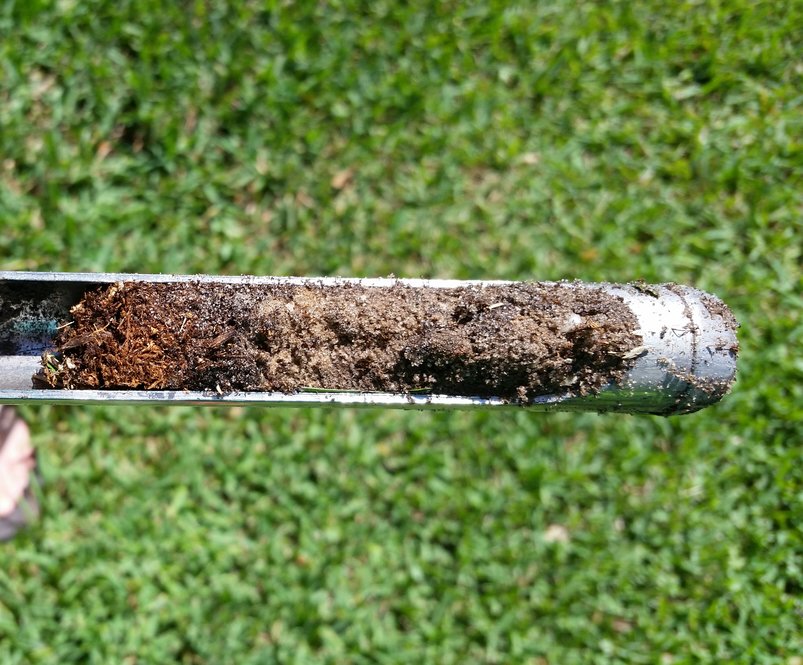By Clint Thompson
Soil sampling can be an integral part of a farmer’s planning for nematode management for the upcoming season. But growers should know when is the proper time to conduct soil samples.

Johan Desaeger, assistant professor of entomology and nematology at the University of Florida Institute of Food and Agricultural Sciences (UF/IFAS) Gulf Coast Research and Education Center, talked about nematode management during last Thursday’s Citrus and Specialty Crop Expo in Tampa, Florida. He emphasized that producers should not get too complacent with their soil samples.
“The timing of when you take your sample makes a big difference. If you sample in a field that has no crop in it, it’s fallow, and you’re just going to sample the top soil, I can guarantee you’re not going to find a lot of plant parasitic nematodes,” Desaeger said. “You may get this false sense of security that you don’t have nematode problems. Timing of sampling is critical. I suggest if you want to take soil samples, do it when you have a crop in the field; maybe the second half of the season when you have plenty of roots available.
“For root-knot nematodes, which is really the No. 1 concern, especially for vegetable growers, look at your roots. Dig up your roots at the end of your previous crop and if you don’t see any galls on them, you’re probably fine. That’s a telltale sign. If you see galls on your roots, then you know you’ve got nematodes.”
Nematodes have a wide host range and are most prevalent in Florida’s sandy soils. Root-knot nematodes enter the roots of plants, move through the cells until they reach sites where they grow, produce additional eggs and cause the roots to swell. This reduces the plant’s growth and any potential yield.
Most growers use a fumigant at preplant. It is the process of releasing fumigants to suffocate and kill certain pests within the soil, namely nematodes.









